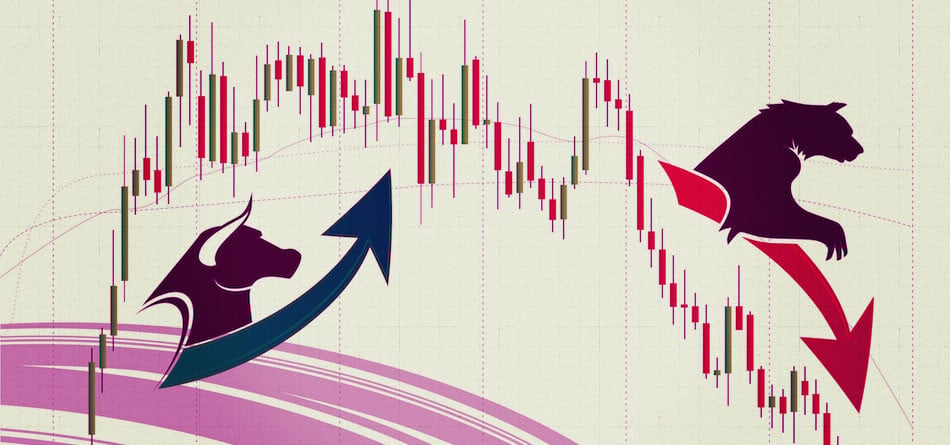Chicago Board Options Exchange is on an upward trajectory, building on another record year for trading volume with new index product launches and expansion of its volatility product line into new asset classes, such as fixed income and foreign exchange.
Trading activity on the CBOE reached new all-time highs in total volume and average daily volume in 2014. Options and futures contracts totaled 1.3 billion and ADV was 5.3 billion. Trading volume and ADV at CBOE Futures Exchange established new annual records for the fifth consecutive year.
CBOE’s market share of total U.S. options industry volume in 2014 was 28%, up two percentage points from 2013.
“2014 was a solid year for us with volume ADV increasing 12%,” CBOE Chief Executive Officer Ed Tilly said Tuesday at a media briefing in New York. “We had an increase across each of our product categories, and we outpaced the industry, and that is really because of the unique product set at CBOE. During the year, CBOE set all-time highs for index options, SPX options, VIX options, and futures.”
CBOE is extending its index options business geographically through an agreement with MSCI to offer options trading on several MSCI indexes, including EAFE, Emerging Markets, ACQI, USA, World, and ACWI ex-USA. CBOE plans to offer options trading in the first quarter of 2015 on the EAFE and Emerging Markets indexes, and will list options on the other four MSCI indexes later in 2015.
 Ed Tilly, CBOE
Ed Tilly, CBOE
“These contracts will be cash-settled versions of the very popular ETFs that are currently available in the market place,” said Tilly. “Just as we have contracts that replicate SPX, now at CBOE you will be able to trade a cash-settled European large notional value contract on MSCI. We couldn't be more pleased to broaden the hedging ability for our customers.”
CBOE is also extending its volatility business into new asset classes. In November, CBOE Futures Exchange launched trading on its CBOE/CBOT 10-year U.S. Treasury Note Volatility Index (VXTYN Index).
The market for interest-rate derivatives, by far the largest asset class in the over-the-counter market, is estimated to be 40 times the size of the equity market in terms of notional value outstanding, yet until recently it’s lacked a consistent benchmark for calculating and trading volatility.
“We are seeing an interest in trading volatility, particularly in listed contracts, which will now allow us to go beyond equities,” said Jim Lubin, senior managing director of CBOE Futures Exchange. “Interest rates was our first foray.”
The VXTYN Index, on which futures on VXTYN are based, is calculated by applying the CBOE Volatility Index (VIX) methodology to futures options data from CME Group’s 10-year U.S. Treasury note contract — one of CME Group’s most actively traded interest rate options products. CBOE has been disseminating daily values for the VXTYN Index since last year.
Potential users of VXTYN futures could include mortgage-backed securities investors and other large credit managers seeking to hedge against adverse interest rate movements; large bond funds that are naturally long interest rate volatility and are seeking a yield-enhancing mechanism; and hedge funds, volatility arbitrage firms and global macro participants.
CBOE has also begun disseminating values for three new volatility indexes that CBOE calculates using the prices of CME Dollar/Euro, Dollar/British Pound, and Dollar/Japanese Yen futures options.
The underlying options are the most liquid FX options listed at the CME. In 2014, they amounted to a combined 80% of the more than 15 million currency options traded at CME.
“In concert with our partners at the CME, we are providing the ability to trade volatility on their dollar-denominated contracts on the euro, British pound, and Japanese yen,” Lubin said. “We feel that this is going to be another unique opportunity for CBOE to spearhead this expansion into other asset classes.”
Derivatives on FX constitute the second-largest derivatives sector after interest rates. FX contracts account for approximately 10% of open interest and 10% of total derivatives turnover. The increasing diversification of asset portfolios has increased trading of FX derivatives, with average daily volume reaching $5.3 trillion in 2013.
“The over-the-counter market in foreign exchange volatility trading is quite large, and we're quite optimistic of the uptake of our partners right now in this area,” Lubin said.
Featured image via emiliodesign/Dollar Photo Club














